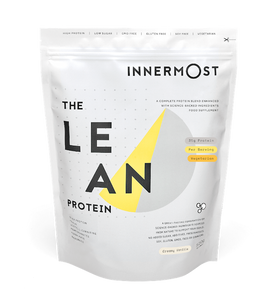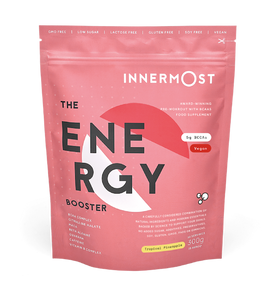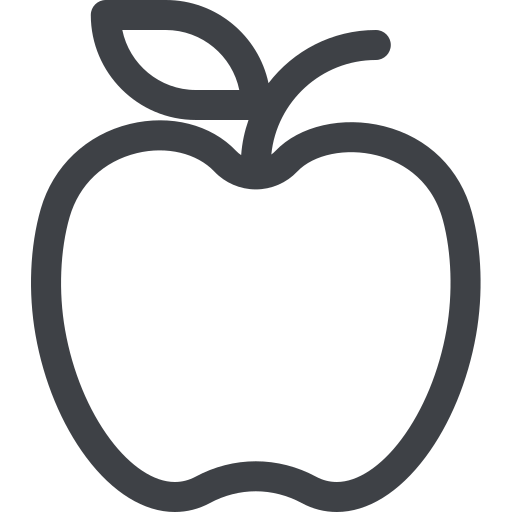Now, more than ever, it’s obvious that diets go way beyond the plate. After all, reports have suggested that a collective switch to low carbon footprint diets that include a switch from meat and dairy could save millions of lives. 8 million lives by 2050, in fact.
When it comes to diet and food trends in 2022, we’ve noticed a distinct trend that flows through them all, and that is the trend of sustainability. When it comes to diet options that prioritise a low carbon footprint, though, you may want some guidance as to what foods are good to include, which ones to avoid, and how best to start integrating these diet techniques into your life.
That’s why we’re recommending climatariansim. And we’re here to tell you all about it.
What is climatarianism?
The climatarianism definition is pretty self-explanatory. All in all, it describes a diet that aims to help the planet in the fight against greenhouse gases. And whilst initially you might think that you can’t do anything yourself in the battle to save the planet, sustainable diets such as this are a great way to make a start, and improve your health and nutrition too.
Climatarianism is a simple, natural (and has the potential to be an organic) diet that focuses on sustainable sourcing of ingredients, foods and meals, with the aim of reducing your carbon footprint and ultimately doing your bit to save the planet.
Every little helps, right?
What is the impact of a low carbon footprint diet?
It’s all about lowering your personal (and familial) carbon footprint.
If you’re looking to make the switch to a lower carbon footprint diet such as climatarianism, you’re definitely not alone. Supermarket giants such as Waitrose have noted this diet as a key trend for 2022, stating that their customer base, with 70% of their customers note that sustainability was a key decider in their food purchases and diet decisions.
What’s more, experts have estimated that by cutting out meats from your diet such as beef and lamb, you can reduce your carbon footprint by the equivalent of six short haul flights. Pretty major stuff if you ask us.
The health benefits of a climatarianism diet
Climate benefits aside, we’re absolutely here for the health benefits, too. Multiple studies have researched the impact of a climatarianism style diet and the impact on overall health, with hugely promising results in terms of heart health, stroke risk and even your risk of cancer.
The studies investigate the impact of removing harmful foods from your diet (and by harmful, we mean those that are associated with a high carbon footprint) such as red meats and dairy.
One 2019 meta analysis that considered the findings of nearly forty studies found that switching out red meat in favour of meat-alternatives such as Quorn or plant-based substitutes significantly lowers your risk of heart disease. These findings were corroborated by a study conducted by the Cleveland Clinic in 2018, who found a strong link between an increased risk of heart disease and red meat consumption.
Some key health benefits of a low carbon footprint diet include:
- Reduced risk of strokes
- Decreased risk of developing certain cancer types
- Improved heart health
- A boost in energy
- Improvement in skin health
What foods are included in the climatarian diet?
When discussing the foods included in the climatarian diet, it’s also important to note the foods that should be avoided.
Foods that are encouraged when following the climatarian diet include:
- Local, fresh produce
- Plant-based meat alternatives
- Seasonal fruit and vegetables
- Grains and pulses
- Nuts
- Soy milk and other milk alternatives
On the other hand, foods that are discouraged when following the climatarian diet include:
- Beef
- Lamb
- Pork
- Foods that contain palm oil
- Farmed seafood and crustaceans
- Coffee
- Cheese
- Cow’s milk
Summary
It’s clear by looking at the news, researching climate change and our investigation into nutrition and health that a change in our food habits is going to have to happen, both as individuals and as a society, if we want to see good changes in terms of planet and personal health, too.
Here at Innermost we think that it’s important to make changes where we can in order to help this change, and we wholeheartedly recommend a change to a low carbon footprint diet to supplement your fitness regime and overall healthy lifestyle.
All in all, the better a diet is for the planet, the better it’s going to be for your health.
Let’s make 2022 the year that we all make positive changes.
References
- Guasch-Ferré, M., Satija, A., Blondin, S. A., Janiszewski, M., Emlen, E., O’Connor, L. E., & Stampfer, M. J. (2019). Meta-analysis of randomized controlled trials of red meat consumption in comparison with various comparison diets on cardiovascular risk factors. Circulation, 139(15), 1828-1845. Click here.
- Wang, Z., Bergeron, N., Levison, B. S., Li, X. S., Chiu, S., Jia, X., ... & Hazen, S. L. (2019). Impact of chronic dietary red meat, white meat, or non-meat protein on trimethylamine N-oxide metabolism and renal excretion in healthy men and women. European heart journal, 40(7), 583-594. Click here.
- How Much Does Your Diet Contribute To Your Carbon Footprint? Oxygen House. Click here.



















